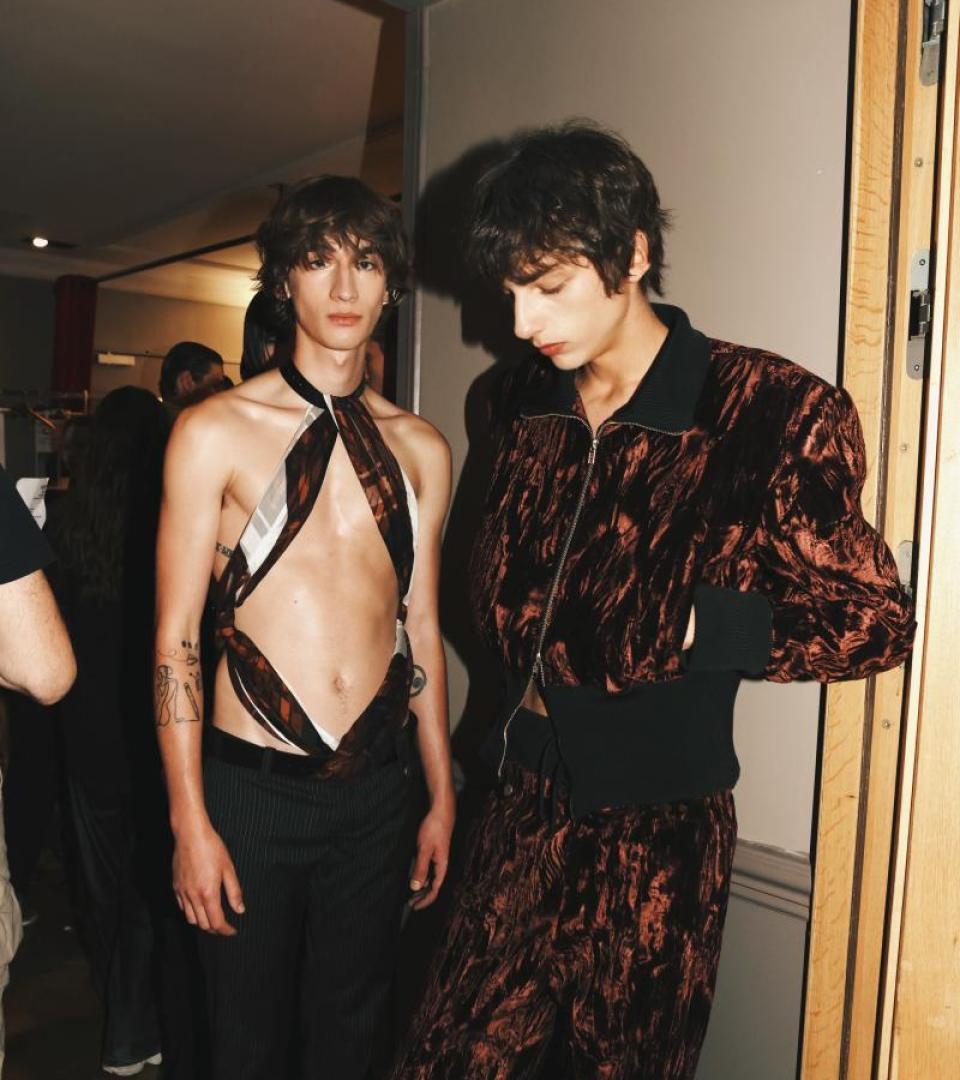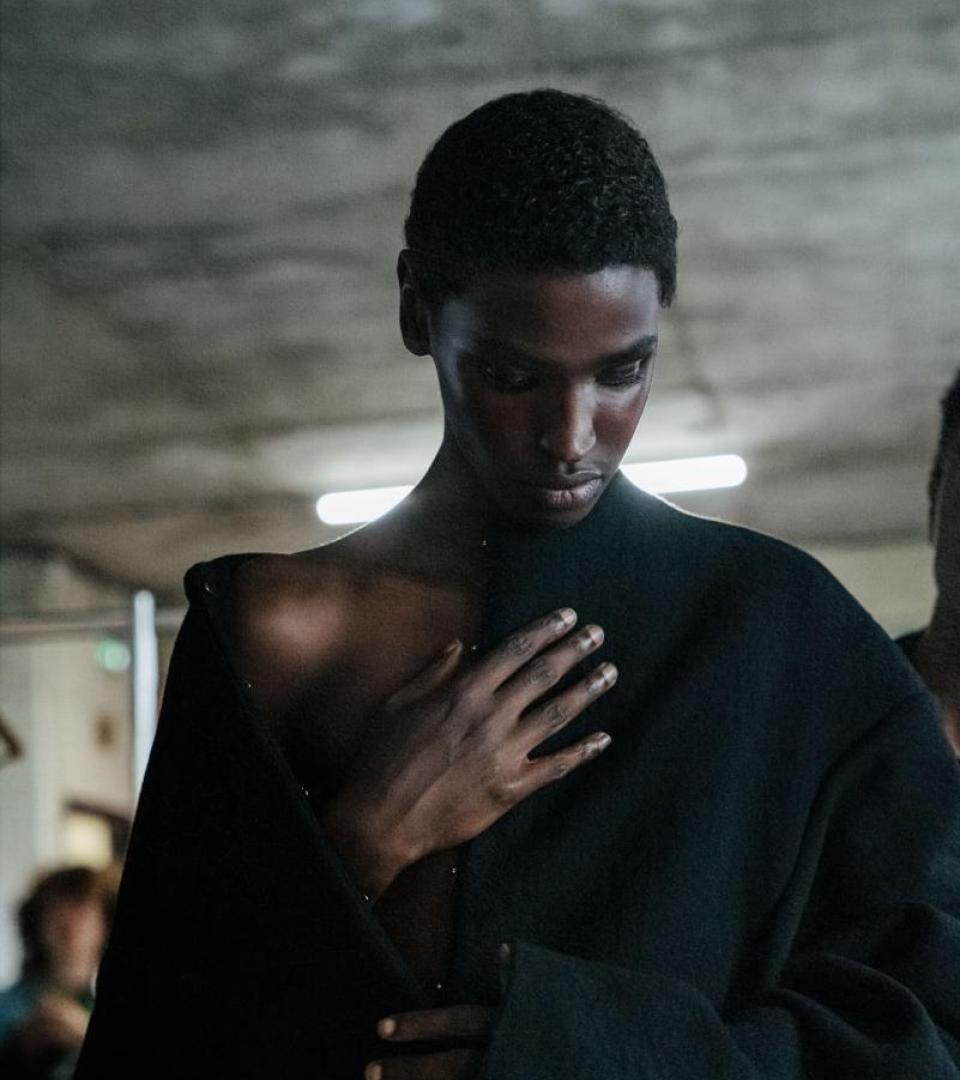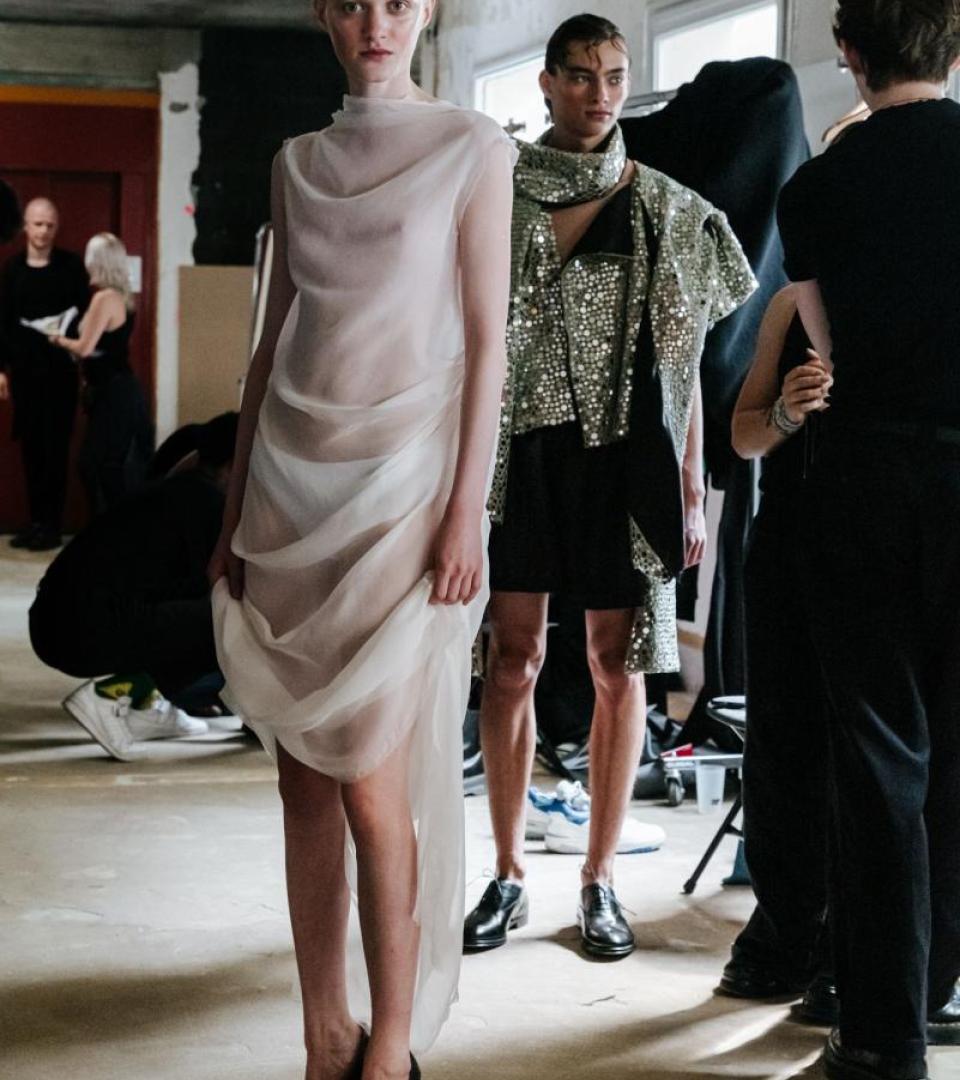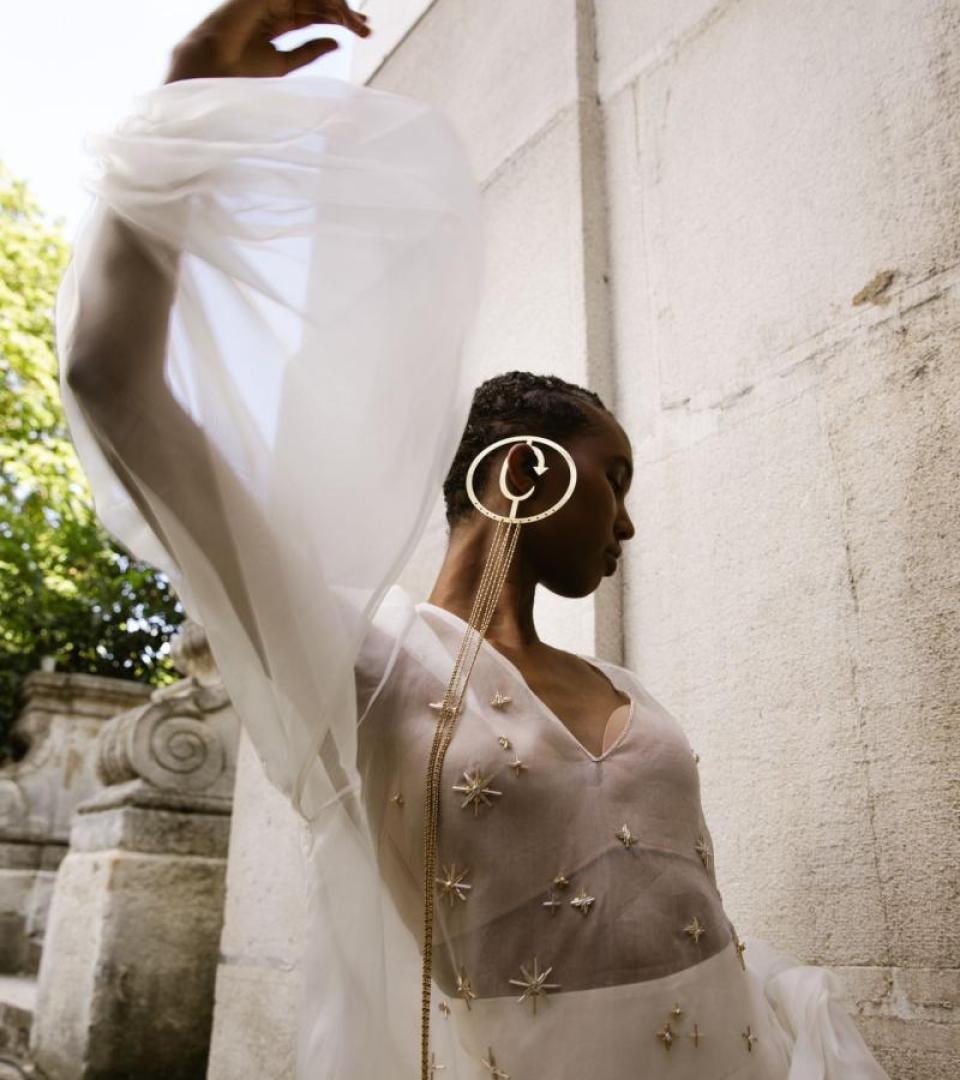In your view, how significant are heritage and identity in contributing to a Maison’s consistency today?
They are potentially very significant, but not every maison takes advantage of that resource. Delving into the archive, innovating while remaining true to the DNA of the founder, maintaining continuity in the atelier. Daniel Roseberry has done this so well at Schiaparelli, just as Karl Lagerfeld did at Chanel. If only the name survives and each new creative director remakes the house in his or her own image (as it happened at Balenciaga, for example), why not start over entirely and add a new chapter to the story of couture?
Haute Couture has gained widespread popularity due to overcommunication. Do you see this as an advantage or a disadvantage?
I think it’s unfortunate when Haute Couture becomes about shock and spectacle rather than beauty and innovation. Outrageous looks may get clicks and generate free advertising, but they also perpetuate the stereotype that fashion is frivolous and out of touch.
How can today’s fast-paced society coexist with the slow processes of crafting Haute Couture?
Haute Couture is an antidote to the fast pace of society and the evils of fast fashion. I wish more people could see, touch, and experience wearing Haute Couture and discover the possibilities of what clothing can be. I hope social media and the red carpet have made it more accessible, raising standards and expectations across the fashion ecosystem.
How do you envision the future of Haute Couture?
Custom-made, one-of-a-kind clothing will always be far more expensive than something mass-produced. But both the fashion industry and its audience would benefit from more “demi-couture” options, meaning personalisation, customisation, and exclusivity at lower price points. New business models, like Guo Pei’s membership structure, may be key to ensuring the financial stability and survival of couture.
What is your perspective on the role of new technologies in Haute Couture?
I have always thought of Haute Couture as the Formula 1 of fashion, while most of us are wearing sensible, affordable Toyotas. It is exactly where innovation and experimentation should be taking place, in both the technological and the aesthetic senses. It’s a proving ground for new ideas, techniques, and materials that can be adapted for the ready-to-wear market.
What excites you most about fashion at the moment?
Fashion is continually being more accepted and understood as an expression of art, culture, and soft power. It’s exciting to see people educating themselves about fashion history and the fashion industry and becoming empowered to dress in ways that reflect their values and individuality.
This interview has been lightly edited.



